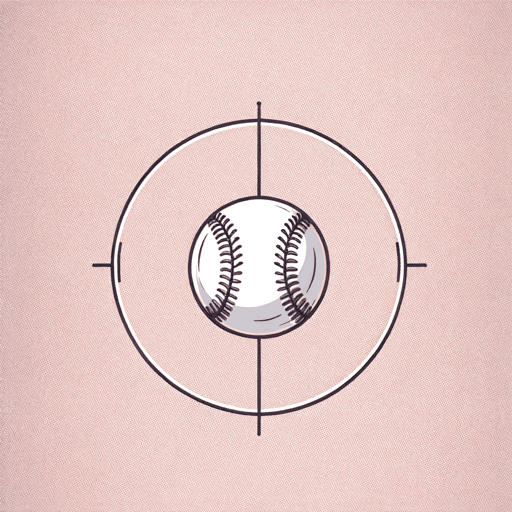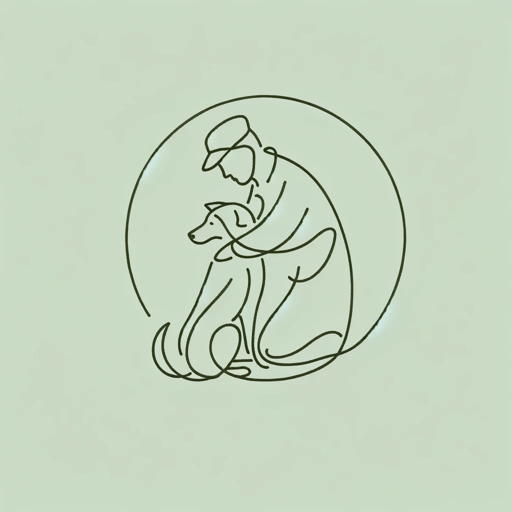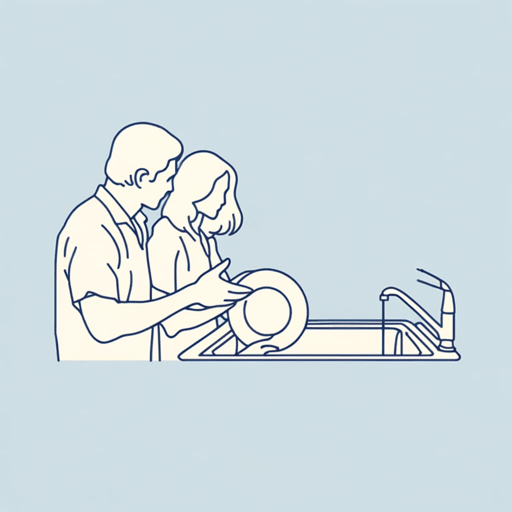30 pages • 1 hour read
Tobias WolffBullet in the Brain
Fiction | Short Story | Adult | Published in 1995A modern alternative to SparkNotes and CliffsNotes, SuperSummary offers high-quality Study Guides with detailed chapter summaries and analysis of major themes, characters, and more.
Literary Devices
Direct Characterization
The reader gets a sense of how Anders’s profession as a literary critic infects his attitude during after-hours, distorting his life and mood with animosity and contempt through direct characterization and indirect characterization.
One technique of direct characterization is character action. The story highlights Anders’s anger by describing how he lashes out at those around him. Before the robbery, Anders waits impatiently in a line at a bank, making sarcastic comments about a couple of women waiting ahead of him. Even when he agrees with the women that the teller who abandoned her station at that crowded hour displays callous disregard for her customers, he aims his anger at the women instead.
Another direct characterization technique is dialog. When robbers invade the bank, Anders critiques what they say. No matter the stakes, he cannot escape his bitter reviewing mindset. As he loses all self-control, Anders giggles at the ticklish feeling of the pistol’s barrel jammed into his stomach. Disregarding how disrespected the robber feels, Anders mocks the robber’s unwitting Hemingway quote, “bright boy?” and his corny, overused threat, “Capiche?” (203). As Anders, completely unhinged, erupts in a gale of laughter, the robber shoots him.
Related Titles
By Tobias Wolff






